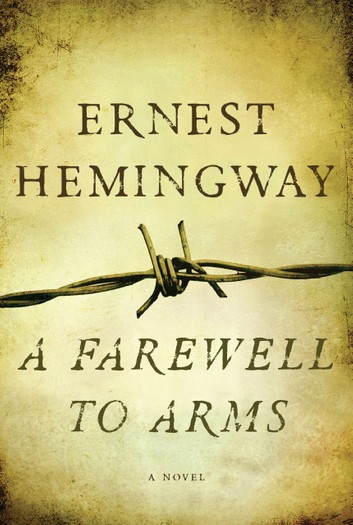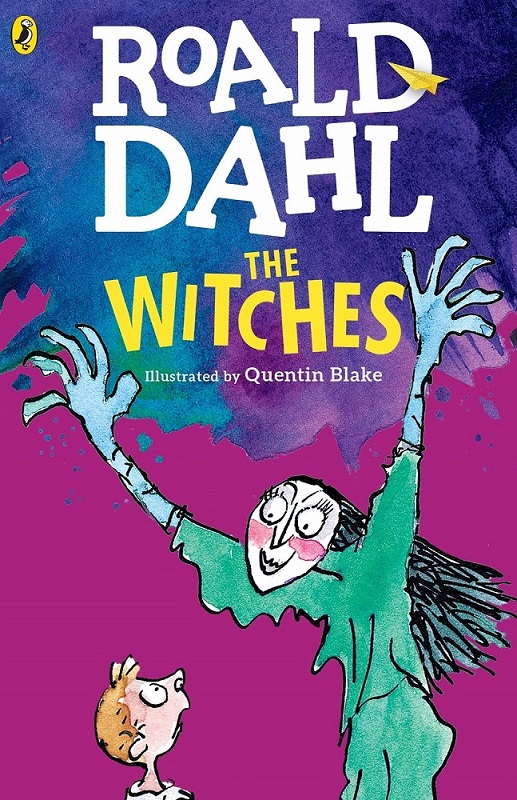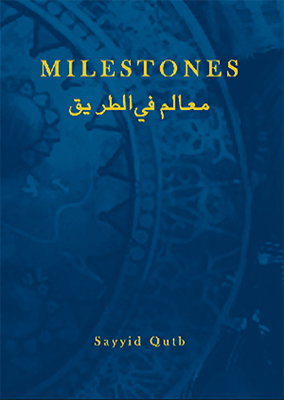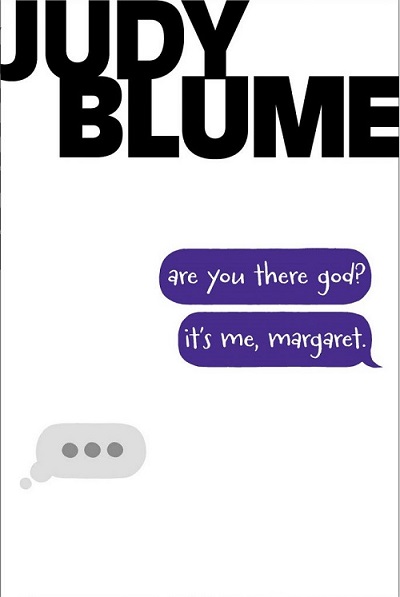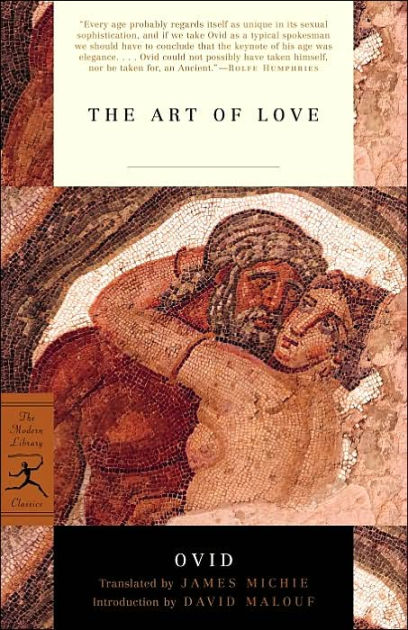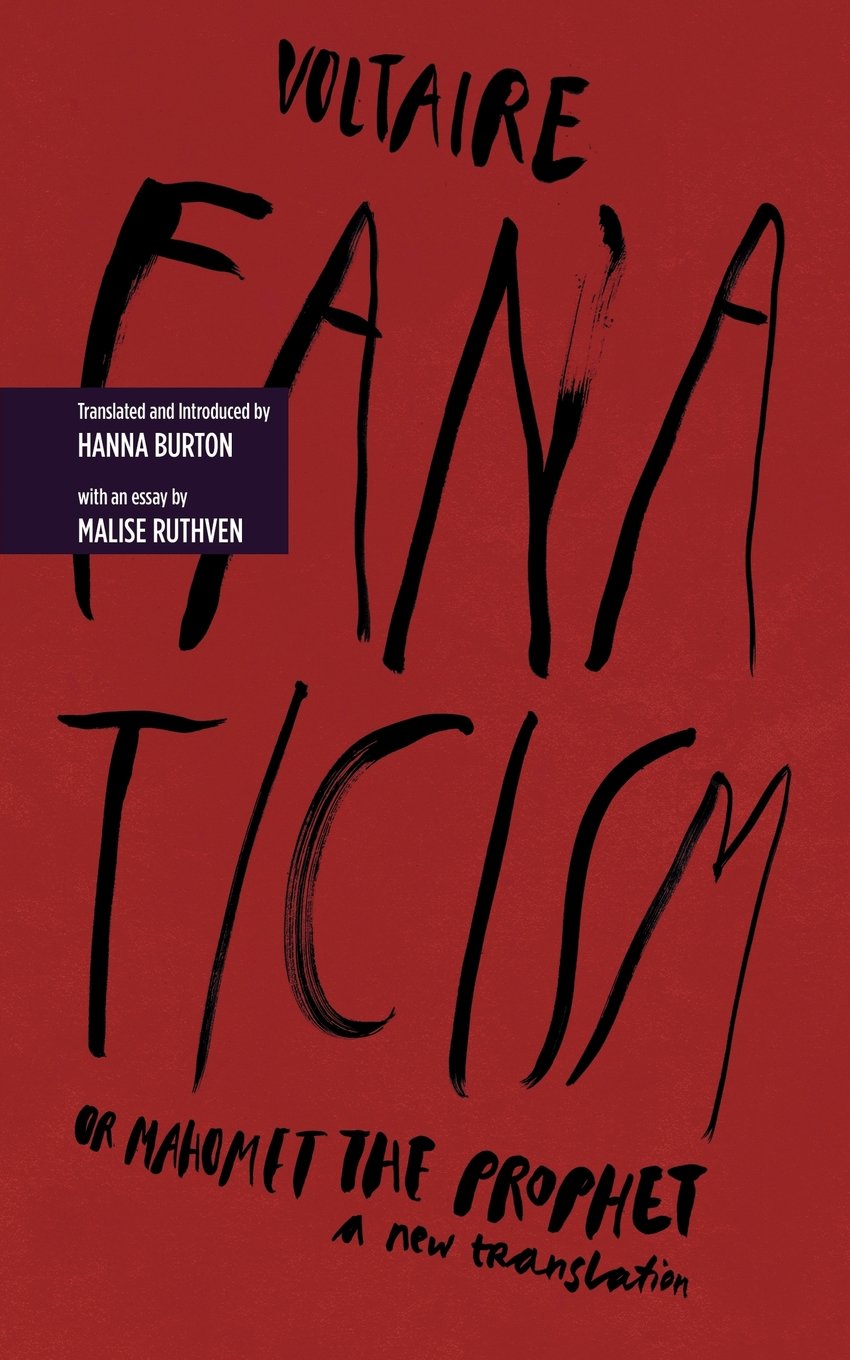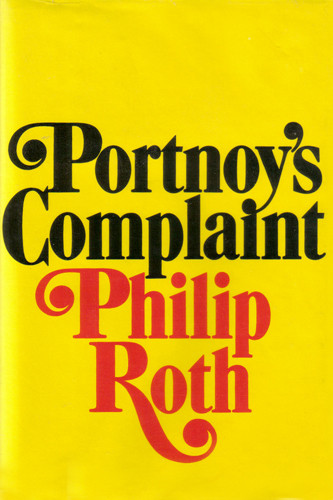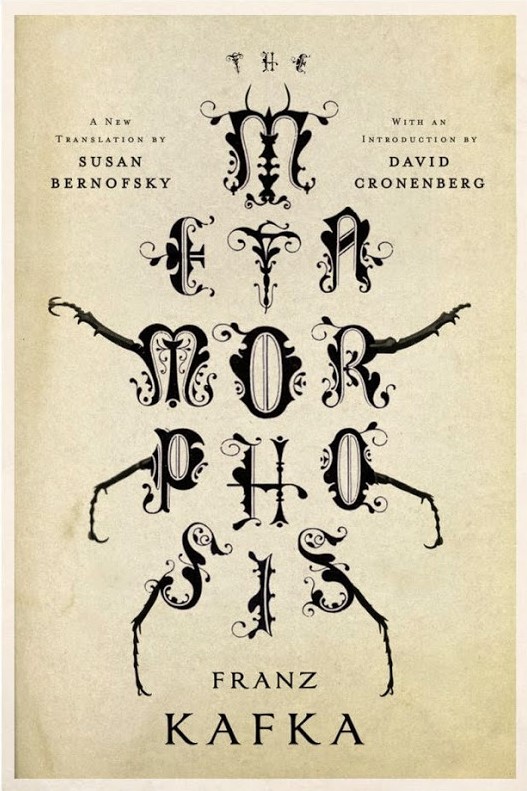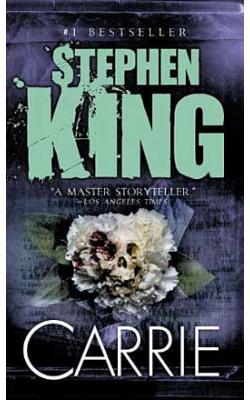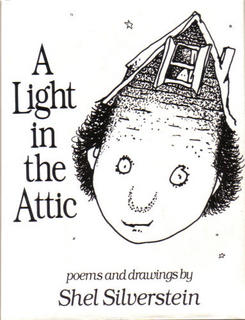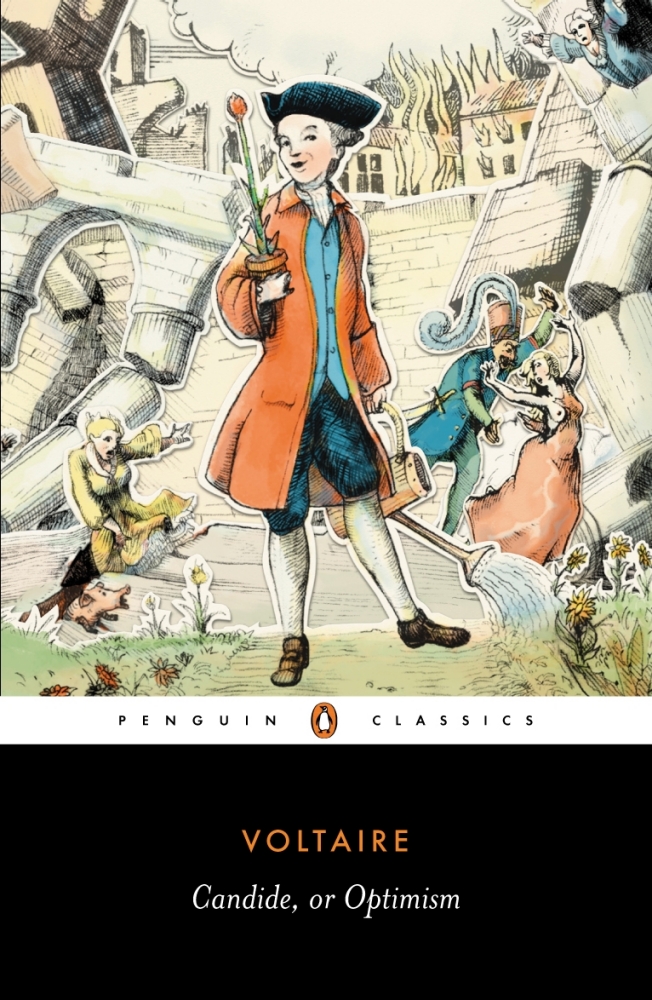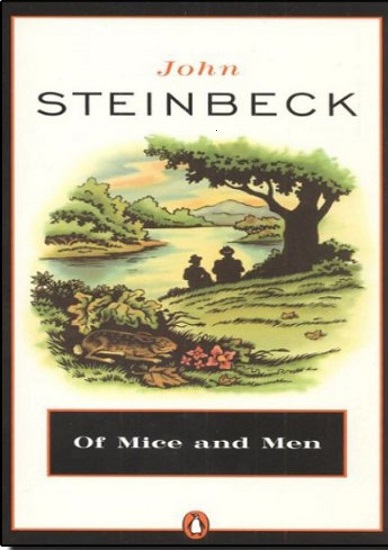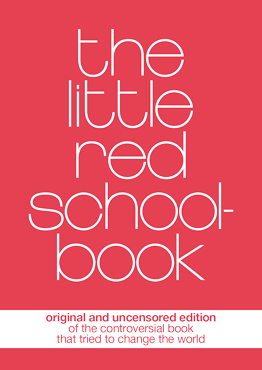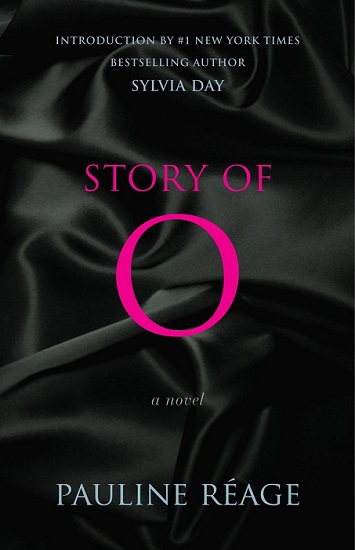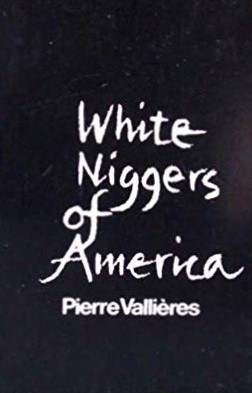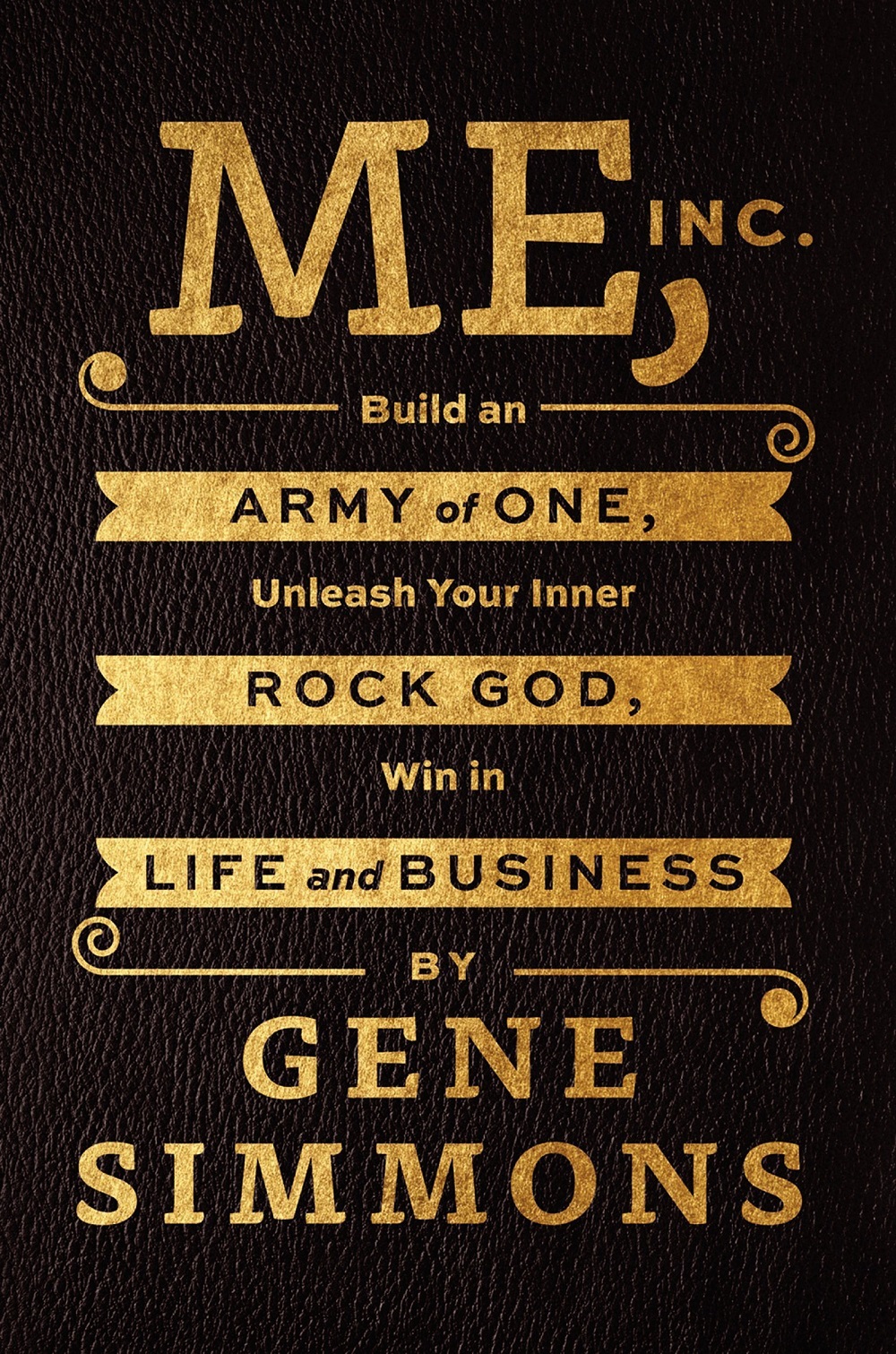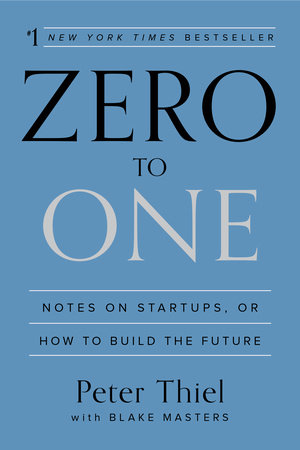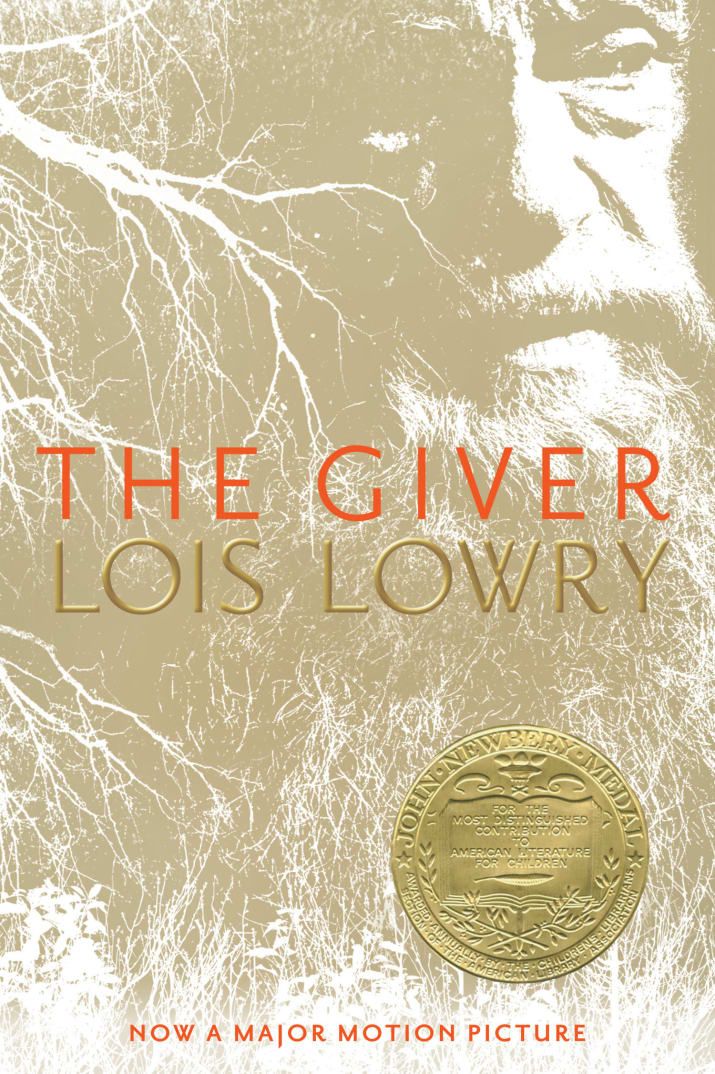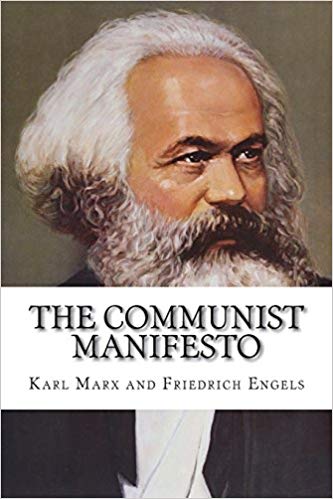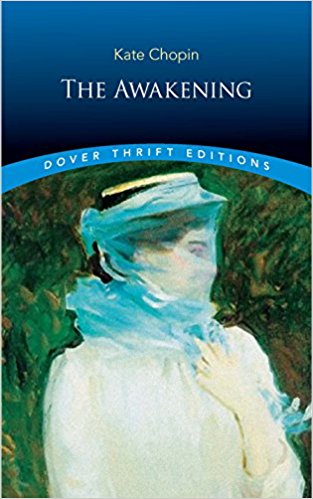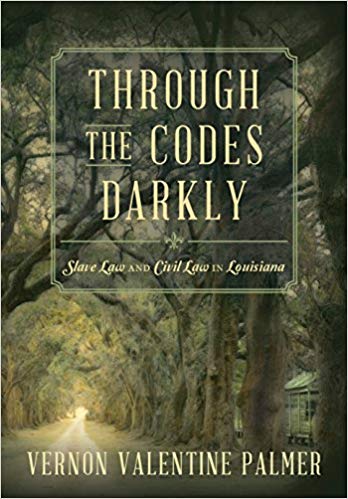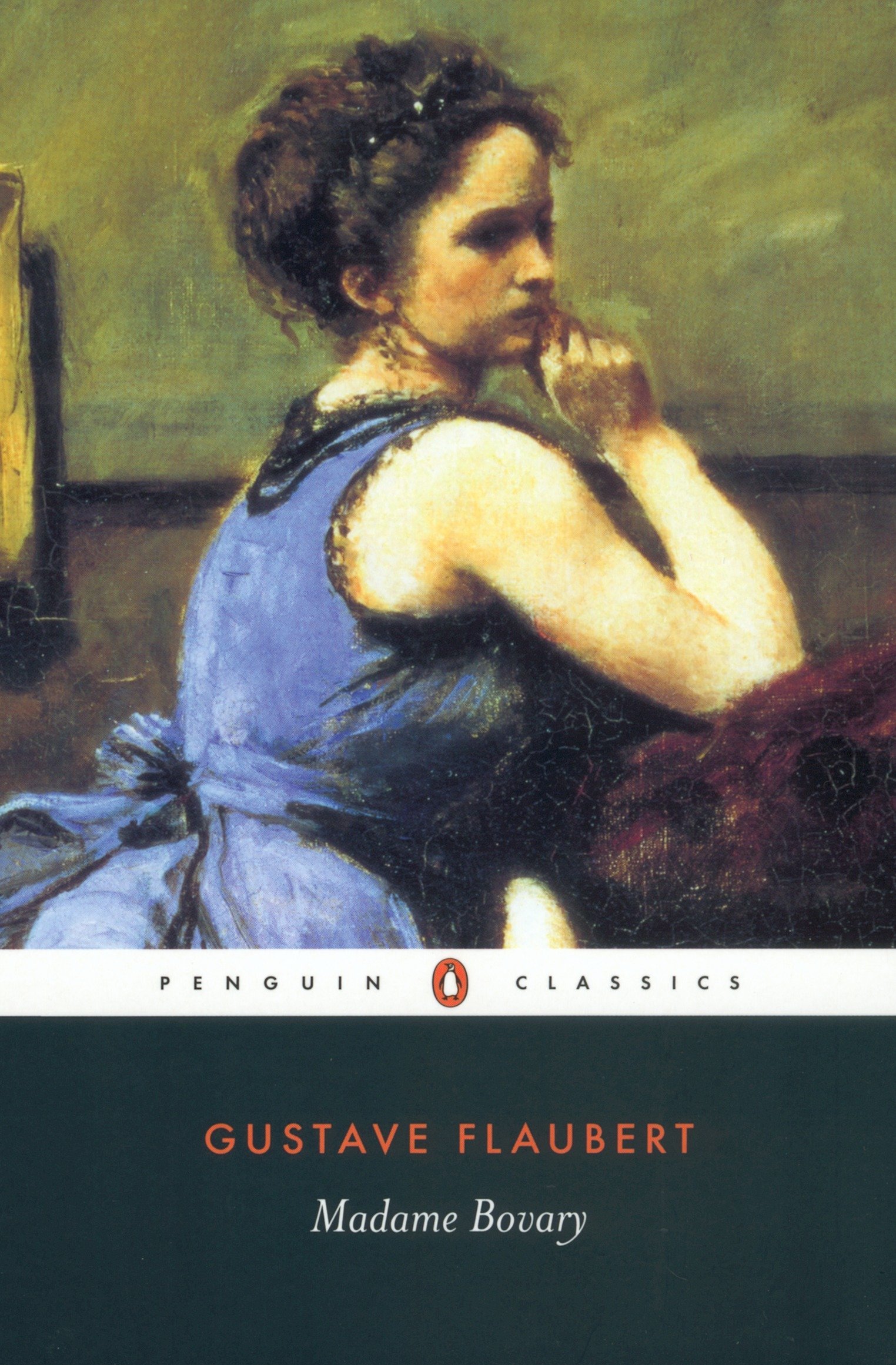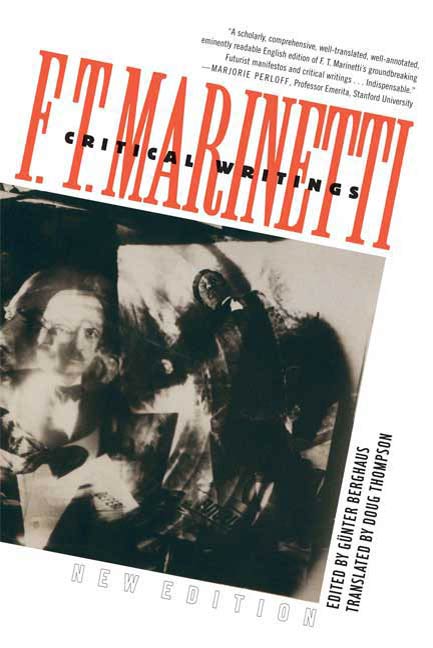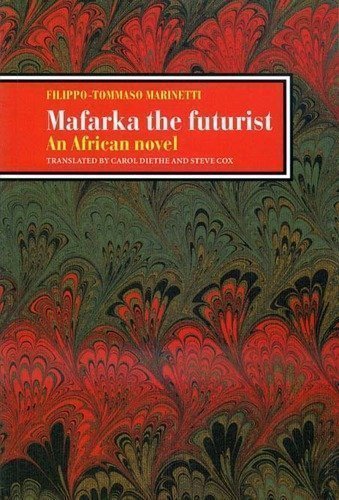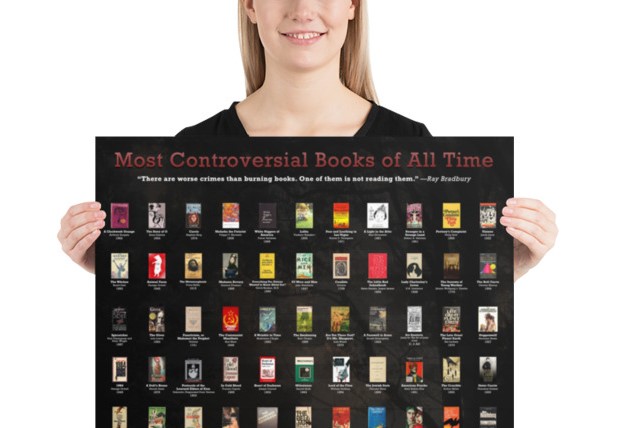Who? What? When?
Ernest Hemingway. A Farewell to Arms, 1929.
Why is it controversial?
How was it received?
Despite the editorial censorship of offensive words, Scibner’s Magazine, where it was first published, was still banned from bookstands in Boston. The band spread to other states. A critic wrote in the literary journal, Bookman, a review entitled “What Is Dirt?” In Italy, it was banned for its depiction of the humiliating retreat from Caporetto in WWI. Its sexual content led to its ban in Ireland in 1939. It was also among the books blacklisted and burnt by the Nazis. It was challenged by parents in US school districts in 1974 and again in 1980.
Who? What? When?
Madeleine L’Engle. A Wrinkle in Time, 1962.
Why is it controversial?
How was it received?
A Wrinkle in Time was challenged or banned in some US Christian schools and bookstores, specifically in Alabama.
Who? What? When?
Roald Dahl. The Witches., 1983.
Why is it controversial?
How was it received?
Critics attacked the book for what they perceived as sexist content. In its opening, Dahl wrote “all witches are women.” That lead several libraries in England to ban the book for teaching young boys to distrust women.
Who? What? When?
Sayyid Qutb. Milestones., 1964.
Why is it controversial?
How was it received?
Although militant Jihad (fighting against unbelievers) always existed in Islamic literature, and it was a historical reality in the early days of Islam, Qutb’s book revived it to make it an obligation for all “true” Muslims. He called for violent offensives on anyone, including Muslims, who impede their goal of establishing an Islamic state. His revolutionary text inspired terrorists around the world since the 1970s, including Al-Qaeda. It is consistently challenged in the Muslim world, and it was banned during the 1960s in Egypt under President Nasser.
Who? What? When?
Judy Blume. Are You There God? It’s Me, Margaret., 1970.
Why is it controversial?
How was it received?
Its frank talk of menstruation and its presentation of Christian characters in a negative light made Blume’s work among the most challenged books in recent decades. Several schools in USA restricted its checkout unless the student had a written consent from their parents.
Who? What? When?
Ovid. Ars Amatoria (Latin for The Art of Love), 2 CE.
Why is it controversial?
How was it received?
The Art of Love has probably the longest history of censorship. The writer’s open endorsement of seducing married women prompted an outcry in Rome. The fiery Christian preacher, Savonarola, threw the book in his bonfire of vanities in 1497 in Florence. Elizabethan England (1599) banned the “immoral” book and destroyed existing copies. In the 20th century, many considered it too obscene and it was seized as recently as 1928 by U.S. Customs.
Who? What? When?
Voltaire. Fanaticism, or Mahomet the Prophet., 1741.
Why is it controversial?
How was it received?
The play was banned in 1742 after only three performances due to protests by Catholic clergy knowing that Voltaire was attacking their “fanaticism” through an “oriental tragedy.” Also an Ottoman ambassador formally protested the play while visiting Paris, thus ironically unifying Muslims with Catholic clergy. It wouldn’t be seen publicly again until 1751 following several requests by Voltaire to the Pope himself, affirming that it’s just a satire of “a false prophet.” The Pope could not disagree and the Church of France complied with the orders of Rome. Muslims still protest it as recently as 2005 for depicting the Prophet of Islam as a murderer, pillager, tyrant, womanizer and impostor.
Who? What? When?
Philip Roth. Portnoy’s Complaint, 1969.
Why is it controversial?
Damaging LifestylesOffensive LanguageRacism/Racial IssuesReligious Views/BlasphemySexual ContentSexism
All Controversial Themes
All Controversial Themes
How was it received?
The book was briefly banned in Australia and some public American libraries for its obscene language and depiction of masturbation. The author was accused in his own community of Jewish self-hatred. Gershom Scholem, an Israeli-Jewish philosopher, summed up that sentiment: “This is the book for which all anti-Semites have been praying.” He challenged him: “Mr. Roth, would you write the same stories if you lived in Nazi Germany?”
Who? What? When?
Johann Wolfgang von Goethe. The Sorrows of Young Werther, 1774.
Why is it controversial?
How was it received?
Following its publication, there were reports of young men committing suicide in a similar manner to Werther. Some even had copies of the book with them in their final moments. The book was considered so dangerous that it was banned in Denmark, Italy and Leipzig. The latter also banned Werther’s traditional costume. Suicide contagion following the suicide of a famous person is today known as the Werther’s Effect.
Who? What? When?
Franz Kafka. The Metamorphosis, 1915.
Why is it controversial?
How was it received?
Banned under the Nazi and Soviet regimes. The Nazis considered Kafka’s works degenerate. It did not help that he was also Jewish. Soviet censors labelled the book despairing.
Who? What? When?
Stephen King. Carrie, 1974.
Why was it controversial?
Age-inappropriateOffensive LanguageReligious Views/BlasphemySexual ContentViolence
All Controversial Themes
All Controversial Themes
How was it received?
Banned upon publication through the mid-1990s from school libraries in Iowa, New York, Nevada, North Dakota, Pennsylvania and Vermont.
Who? What? When?
Shel Silverstein. A Light in the Attic, 1981.
Why is it controversial?
How was it received?
Banned in a Florida school and challenged in other US schools because the poems were seen as promoting disobedience, violence, suicide, Satan and even cannibalism.
Who? What? When?
Voltaire. Candide, or Optimism, 1759.
Why is it controversial?
Offensive LanguagePolitical ViewsRacism/Racial IssuesReligious Views/BlasphemySexual ContentViolenceAll Controversial Themes
How was it received?
Originally published under the pseudonym of Mr. Dr. Ralph. Condemned by the French government and the Catholic Church. Banned in France and Geneva. Deemed obscene by US Customs until the 1950s. Listed on the Catholic Church’s Index of Forbidden Books.
Who? What? When?
John Steinbeck. Of Mice and Men, 1937.
Why was it controversial?
Depressing/DemoralizingEuthanasiaOffensive LanguagePrejudiceRacism/Racial IssuesViolence
All Controversial Themes
All Controversial Themes
How was it received?
Of Mice and Men was banned for several decades from American schools and libraries.
Who? What? When?
Jesper Jensen and Søren Hansen. The Little Red Schoolbook, 1969.
Why is it controversial?
How was it received?
The Danish book caused an international furor and was banned during the 1970s in countries like France, Italy and the UK. The British publisher was convicted in 1979 and copies were confiscated. In Australia, it was banned in Queensland but published elsewhere which sparked an outcry so intense that it almost brought down the Liberal government in the 1972 elections.
Who? What? When?
Pauline Réage. Story of O, 1954.
Why is it controversial?
How was it received?
The French authorities took the publisher to court for obscenity charges but they did not win the case. However, there was a ban on promoting the book until 1967.
Who? What? When?
Pierre Vallières. White Niggers of America (or Nègres blancs d’Amérique), 1968.
Why is it controversial?
Offensive LanguagePolitical ViewsRacism/Racial IssuesReligious Views/BlasphemyViolence
All Controversial Themes
All Controversial Themes
How was it received?
Two major reasons make this book controversial to this day: The first is obvious from the title. The n-word is used throughout the book more than 30 times. The other reason is the book’s incitement for violence to bring independence to Quebec from Canada.
Who? What? When?
Gene Simmons. Me, Inc.: Build an Army of One, Unleash Your Inner Rock God, Win in Life and Business, 2014.
Why is it controversial?
How was it received?
The most controversial part of Simmons’ book is his advice to immigrants to “learn to speak goddamn English.” Simmons was also criticized for telling women that they have to choose one: either a career or children. Other parts of the book were also seen as pandering to racial stereotypes, rather than challenge them in his advice to change your name, looks and the way you dress to conform to what is often a White male standard. He tells his readers he had to do just that.
Who? What? When?
Peter Thiel. Zero to One: Notes on Startups, or How to Build the Future, 2014.
Why is it controversial?
How was it received?
The book was among the most hotly debated in business. One main controversy was around the venture capitalist’s advice on pursuing monopoly and shunning competition. Another controversy broke out due to his criticism of higher education as too pricey and worthless.
Who? What? When?
Lois Lowry. The Giver, 1993.
Why is it controversial?
Age-inappropriateDepressing/DemoralizingEuthanasiaSexual ContentSuicideViolence
All Controversial Themes
All Controversial Themes
How was it received?
The Giver has been on the list of most challenged books since it was published. Parents in Kansas, Minnesota and Missouri requested its removal from school libraries. They objected to themes considered not age-appropriate for their children, especially euthanasia and suicide. They also criticized its degradation of motherhood, depiction of war and adolescent sexual awakening. Overall, those challenging the book found it too dark for young readers.
Who? What? When?
Karl Marx and Friedrich Engels. The Communist Manifesto, 1848.
Why is it controversial?
How was it received?
It’s considered a founding document of communism whose ideology was behind a global, and often violent, conflict throughout the 20th century. It inspired revolutionaries in many countries, some of whom were successful in overthrowing their own governments as in Russia. The global conflict resulted in tens of millions of deaths in countries as far apart as Cuba and China.
Who? What? When?
Kate Chopin. The Awakening, 1899.
Why is it controversial?
How was it received?
The critical reaction following its publication ended the author’s career. The Awakening was never banned but censored (never ordered) in public libraries. It fell into obscurity until the 1960s.
Who? What? When?
Code Noir. Jean-Baptiste Colbert and his son Marquis de Seignelay, 1685.
Why is it controversial?
How was it received?
Code Noir was a 1685 decree by King Louis XIV for the Caribbean colonies, and later Louisiana, to protect the slaves and regulate their relations with their masters. It is one of the earliest and most important legal documents on slavery in the West. Its contradictions represent a tension between the ideas of the Enlightenment and the presence of slavery. Three centuries later, its most controversial aspect is whether we could look past its legalized cruelty to see its positive intentions. Could it be that these reprehensible laws were a small step towards our understanding of universal human rights?
Who? What? When?
Gustave Flaubert. Madame Bovary: Provincial Lives, 1857.
Why is it controversial?
How was it received?
Upon publication, Flaubert was taken to court for “offenses against public morality and religion.” Critics took issue with what seemed like a sympathetic portrayal of the story’s adulteress, and the negative views of religion and clergy. A brilliant defense convinced the court that it was a tragic cautionary tale, and that only through vice one can learn about virtue. To this day, some scenes raise eyebrows: a cheating wife having sex with lovers in a forest, in hotel rooms and in a moving horse-drawn carriage with the curtains drawn!
Who? What? When?
Filippo Tommaso Marinetti. The Futurist Manifesto, 1909.
Why is it controversial?
How was it received?
The author’s intentions were to shock the public and he did! The Futurist Manifesto, published in Le Figaro, created a sensation due to its call to destroy museums and libraries, glorification of war, and contempt for women. The author of the manifesto, F. T. Marinetti, remains controversial to this day because many of the ideas of his art movement, Futurism, were proto-fascist.
Who? What? When?
Filippo Tommaso Marinetti. Mafarka the Futurist: An African Novel, 1909.
Why is it controversial?
How was it received?
F. T. Marinetti was accused in 1910 of offending public morality. He faced a fine and 4 months in prison in Milan. The novel’s misogyny was never the issue but its obscenity, particularly in the first two chapters, one describing a mass rape and the other an enormous penis. His defense was that the novel’s sexual content was similar to that of classical works or primitive tales, and that if he wanted to write pornography, the setting would be the Milanese slums, not Africa. He urged listeners to read the book to see that the main character rejects the very behavior that Marinetti is accused of promoting. He was acquitted but later lost an appeal. He had to pay a fine and Mafarka was withdrawn from circulation. A decade later, Marinetti republished a self-censored version.

